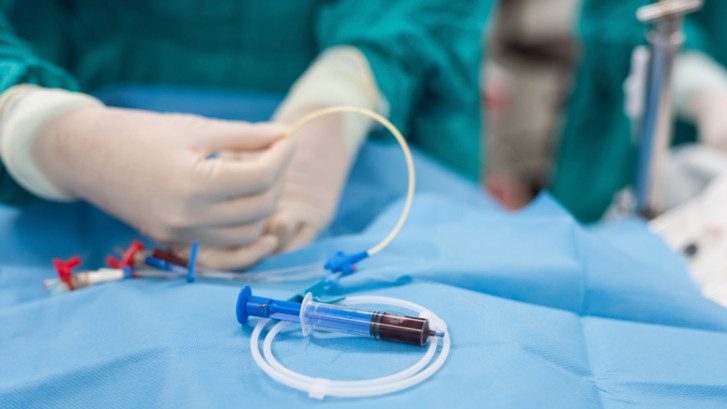Varicose veins can really lower a person’s self-esteem which can lead to other psychological traumas like stress. This is because most of its effects are physical and they alter with cosmetics. This medical condition therefore requires a permanent solution. Its treatment needs to have no errors. To have an error-free treatment, a highly-trained, world-class specialist is required. There are several techniques that can be applied when treating varicose veins. One of these techniques is vascular surgery. A world-class vascular surgeon is needed if you want the surgery to be perfect.
3 Common mistakes in vascular surgery
A single mistake during vascular surgery can lead to total failure of the whole operation. There are three common mistakes that incompetent vascular surgeons commit. They include:
-
Incomplete initial assessment
Before any vascular surgery, a Duplex Ultrasound scan must be performed to examine all the underlying veins. This is very important as it helps the surgeon to track the varicose veins and to separate it from the other veins. Incompetent or lazy surgeon may neglect this essential step leading to total failure.
-
Failure to follow the right procedure
When performing vascular surgery, there is a specified procedure that should be followed. For instance, the surgeon should first treat the Feeder veins before treating the Spider veins. If the surgeon fails to follow this criterion, the patient may not have a good result with a very high recurrence.
-
Incomplete follow-ups
Even if the surgery is successful, follow-ups are essential as they help the surgeon to monitor the patient’s progress. Incomplete follow-up can lead to poor results.
Now you know why it is necessary to have a world-class surgeon. If you desire to have the best vascular surgery in India, visit http://www.indianvascularsurgery.com/ to have access to the best vascular surgeons.
In brief, vascular surgery need to be perfect – free from mistakes. You need a world-class vascular surgeon to avoid mistakes such as incomplete initial assessment, improper procedures and incomplete follow-ups.


